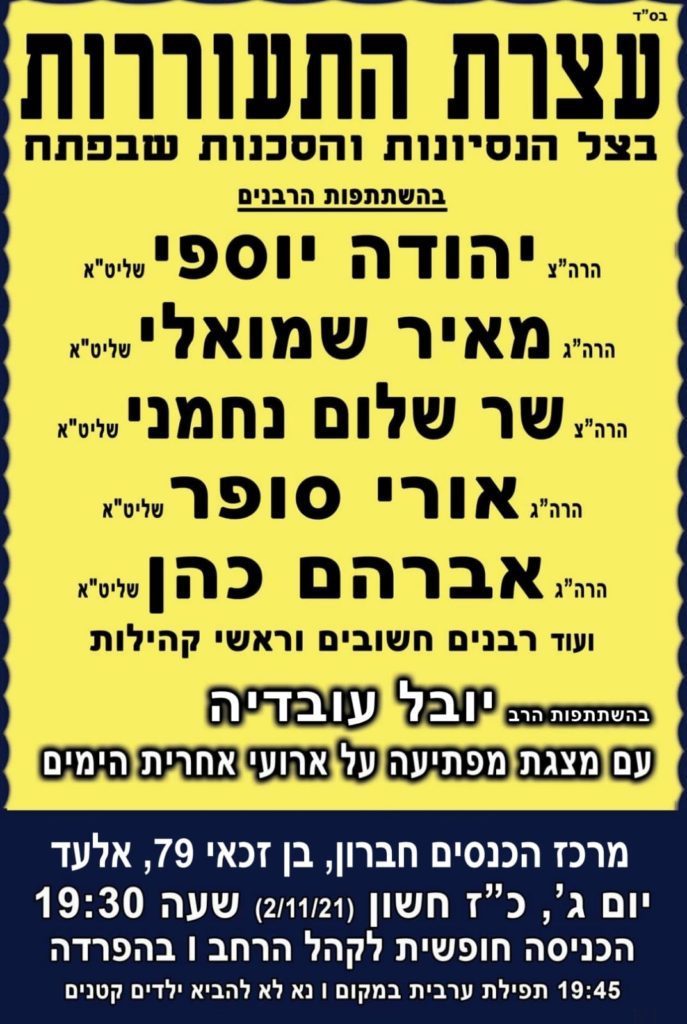Most Popular on Hyehudi.org: Sell Benefits, Not Features!
Benefits, not features:
- Did You Know Rabbi Aryeh Kaplan’s ‘Living Torah’ Is Online?
- בתורתו של רבי גדליה נדל – להורדה חינם
- הרב גדליהו אקסלרוד בענין מטריית ‘מגן השבת’ ו’רבנים’ ליברלים
- הרב יוסף בנימין הלוי וואזנר על הקורונה והחיסון
- Rabbi Lazer Brody shlita Abandoned Berland-Supporting Shalom Arush LONG AGO!
- ספר שדי תפוחים – שני חלקים: אוצר תיקוני עוונות
- מעט מן האור דוחה הרבה מן החושך – מקור הפתגם
- The ‘Spirit of the Law’ Is Meant to ADD – But Never ABSTRACT!!!
All free. I only ask you to lure others, too!
The Real Reason for Government Schooling
As we’ve written before, the Charedi view of the State of Israel as uniquely antireligious, corrupt, etc., is myopic; since all states are like that!
So, although schizo, when Charedi politics works to co-opt, instead of to eliminate the state, why, they are showing themselves as no better.
“In all countries, in all centuries, the primary reason for government to set up schools is to undermine the politically weak by convincing their children that the leaders are good and their policies are wise. The core is religious intolerance. The sides simply change between the Atheists, Catholics, Protestants, Unitarians, etc., depending whether you are talking about the Soviet Union, the Austro-Hungarian Empire, America, etc.
A common second reason is to prepare the boys to go to war and the girls to cheer them on.”
(1943 -2008) American libertarian activist, founded the Advocates for Self-Government, and The Alliance for the Separation of School & State
יצחק, מנחה, זיווג – ואת בריתי אקים את יצחק
יצחק אבינו | מנחה בהר הבית מסוגלת לזיווגים
יצחק תיקן תפילת מנחה בתפילה על הזיווג • האבות תיקנו את התפילות • כל אחד התכוון לדבר פנימי יותר מקודמו • הר הבית, העזרה, בית המקדש עצמו • תפילת מנחה מתאימה לתפילה על הזיווג הפרטי ועל הזיווג הכללי בינינו לאבינו שבשמים • הרב יצחק ברנד • פרשת חיי שרה • בית המדרש בהר הבית
מאתר חדשות הר הבית, כאן. (יוטיוב)

